
Table of Contents
One of the most common types of government in the modern world, democracy is reflective of people’s will.
The word democracy is derived from two Greek words demos and kratos, meaning people and power respectively. Therefore, it’s a type of government that focuses on the rule by the people.
It’s the opposite of dictatorship, monarchies, oligarchies, and aristocracies, in which people have no say on how the government is run. In a democratic government, people have a voice, equal rights, and privileges.
The first democracy originated in classical Greece, but over time, it evolved into different forms of democratic government around the world. In our modern times, direct and representative democracies are the most common.
Direct democracy allows every member of the society to decide on policies by direct votes, while representative democracy allows elected representatives to vote for their people.
While it has no official symbol, some cultures have created visual representations to embody democratic principles. Here’s what to know about the symbols of democracy and their significance in events that shaped the world.
1. The Parthenon
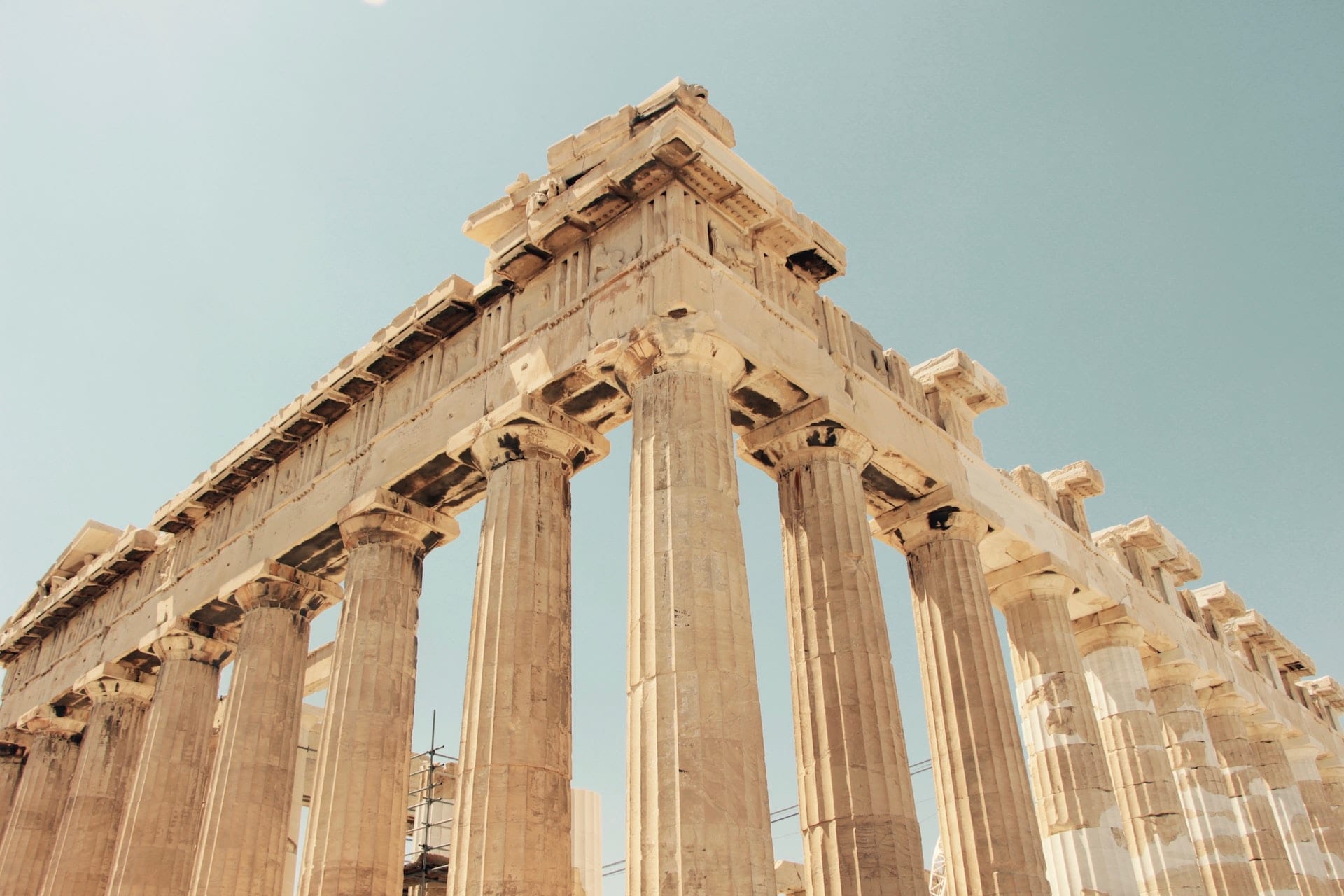
Built between 447 and 432 BCE, the Parthenon was a temple dedicated to the goddess Athena, who was the patron of the city of Athens and oversaw its transition from monarchy to democracy.
Since it was built during the height of the political power of Athens, it’s often regarded as a symbol of democracy. The architectural decoration of the temple was designed to reflect Athenian freedom, unity, and national identity.
In 507 BCE, democracy was introduced in Athens by Cleisthenes, The Father of Athenian Democracy, after he allied with lower-ranking members of society to take power against the tyrant Peisistratus and his sons.
Later, politician Pericles advanced the foundations of democracy, and the city reached its golden age. He’s known for a building program centered on the Acropolis, which included the Parthenon.
2. Magna Carta
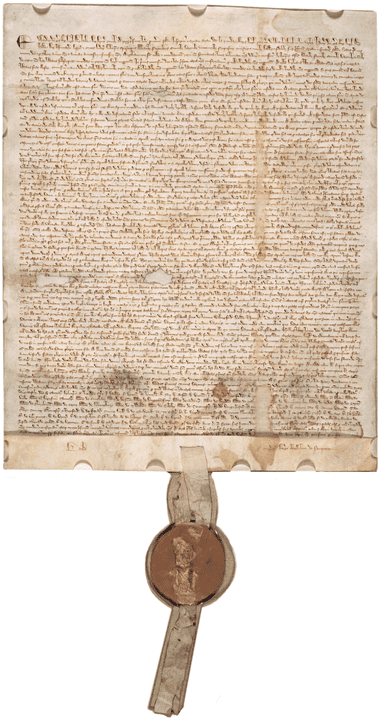
One of the most influential documents in history, the Magna Carta, meaning Great Charter, is a powerful symbol of liberty and democracy around the world. It established the principle that everyone is subject to the law, including the king, and protected the rights and freedom of society.
Created in 1215 by England’s barons, the first Magna Carta was a peace treaty between King John and the rebellious barons. When the barons captured London, it forced the king to negotiate with the group, and the document placed him and all of England’s future sovereigns within the rule of law.
During the Stuart period, the Magna Carta was used to restrain the power of monarchs. It was reissued several times until it became part of English law.
In 1689, England became the first country in the world to adopt a Bill of Rights, which gave Parliament power over the monarchy.
The Magna Carta laid the foundation for democracy, and some of its principles can be seen in several other subsequent historic documents, including the United States Declaration of Independence, the Canadian Charter of Rights and Freedoms, and the French Declaration of the Rights of Man.
3. The Three Arrows

Before World War II, the three arrows symbol was used by the Iron Front, an anti-fascist German paramilitary organization, as they fought against Nazi regime.
Designed to be painted over swastikas, it represented the goal of defending democracy against totalitarian ideologies. In 1930s, it was also used in Austria, Belgium, Denmark, and the United Kingdom.
Today, it remains associated with anti-fascism, as well as democratic values of freedom and equality.
4. Red Carnation

In Portugal, the carnation is a symbol of democracy, associated with the Carnation Revolution in 1974 that brought down the years of dictatorship in the country.
Unlike many military coups, the revolution was peaceful and bloodless, after soldiers placed red carnations inside their guns. It’s said that the flowers were offered by civilians who shared their ideas of independence and anti-colonialism.
The Carnation Revolution ended the Estado Novo regime, which opposed the end of colonialism. After the rebellion, Portugal had a democratic republic, which led to the end of Portugal’s colonization of Africa.
By the end of 1975, the former Portuguese territories of Cape Verde, Mozambique, Angola, and São Tomé gained their independence.
5. Statue of Liberty

One of the world’s most recognizable landmarks, the Statue of Liberty is a symbol of freedom and democracy. Originally, it was a gift of friendship from France to the United States in celebration of the alliance of the two countries during the Revolutionary War, and the nation’s success in establishing democracy.
Standing in New York Harbor, the Statue of Liberty holds a torch in her right hand, symbolizing the light that leads to the path to freedom. In her left hand, the tablet bears JULY IV MDCCLXXVI, meaning July 4, 1776, the date on which the Declaration of Independence came into effect. At her feet lies broken shackles, which symbolizes the end of tyranny and oppression.
Formally known as the Liberty Enlightening the World, the Statue is also called the Mother of Exiles. Inscribed on its pedestal, the sonnet The New Colossus speaks to its role as a symbol of freedom and democracy.
Over the years, it has also been regarded as a welcome sign to a new life filled with hope and opportunities for people who came to America.
6. The Capitol Building

The United States Capitol in Washington, D.C. is regarded as a symbol of the American government and democracy. It’s the home of the U.S. Congress—the Senate and the House of Representatives, and is where Congress makes law and where presidents are inaugurated.
In terms of its design, the Capitol was built in the style of neoclassicism, inspired by ancient Greece and Rome. This is a reminder of the ideals that guided the nation’s founders, and speaks of the power of the people.
The Rotunda, the ceremonial center of the Capitol, features works of art depicting events in American history.
Painted in 1865, the Apotheosis of Washington by Constantino Brumidi portrays the nation’s first president George Washington surrounded by symbols of American democracy. It also features historical paintings of revolutionary period scenes, including the Declaration of Independence, as well as statues of presidents.
7. The Elephant and the Donkey
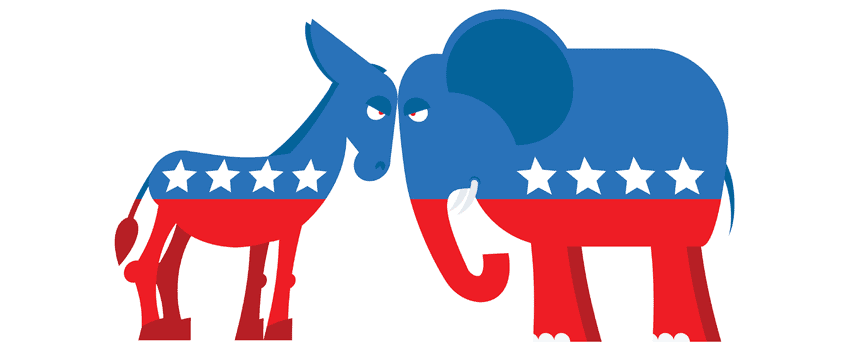
In the United States, the Democratic and Republican parties are symbolized by the donkey and the elephant respectively. The Democrats are known for their dedicated support of the federal government and of labor rights.
On the other hand, the Republicans favor smaller government, lower taxes, and less federal intervention in the economy.
The origin of the Democratic donkey can be traced back to 1828 presidential campaign of Andrew Jackson, when his opponents called him jackass, and he included the animal in his campaign posters. He became the first president of the Democratic Party, so the donkey also became a symbol for the entire political party.
During the Civil War, the elephant was closely associated with the expression seeing the elephant, meaning experiencing combat, or fighting bravely.
In 1874, it became a symbol of the Republican Party when political cartoonist Thomas Nast used it in Harper’s Weekly cartoon to represent the Republican vote. Titled The Third-Term Panic, the elephant was portrayed standing at the edge of a pit.
8. Roses

In Georgia, roses are symbolic of democracy, after the Rose Revolution in 2003 overthrew the dictator Eduard Shevardnadze. The rose represented the protesters’ peaceful campaigns against the flawed results of a parliamentary election.
When the dictator deployed hundreds of soldiers on the streets, student demonstrators gave red roses to the soldiers who in return laid down their guns.
The protesters also interrupted the parliamentary session while carrying red roses. It’s said that the opposition leader Mikheil Saakashvili delivered a rose to dictator Shevardnadze, asking him to resign.
After the nonviolent protest, Shevardnadze announced his resignation, paving the way for democratic reform.
9. The Ballot
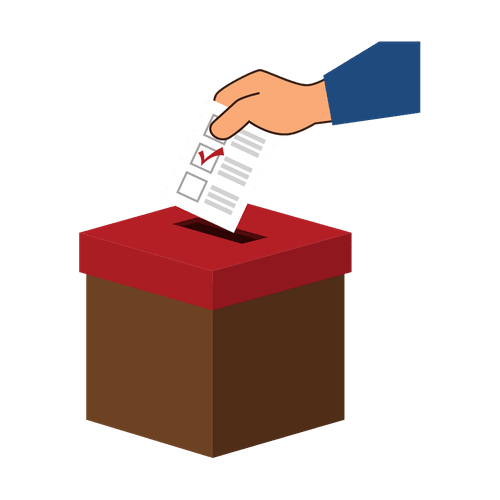
Voting is the foundation of good democracy, making the ballot a representation of people’s rights to choose their government leaders.
Before the Revolutionary War, American voters publicly cast their vote out loud, known as voice voting or viva voce. The first paper ballots appeared in the early 19th century, evolving from party tickets to government-printed paper ballot with the names of all candidates.
10. The Ceremonial Mace
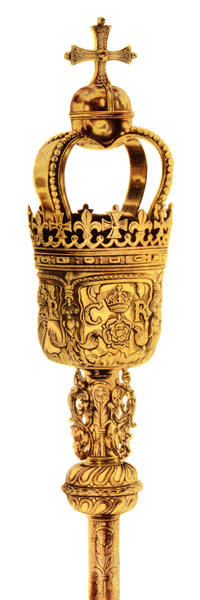
In early British history, the mace was a weapon used by sergeants-at-arms who were members of the English royal bodyguard and a symbol of the king’s authority.
Eventually, the ceremonial mace became a symbol of legislative power in a democratic society. Without the mace, the Parliament would have no power to make laws for the good governance of the country.
11. The Scales of Justice
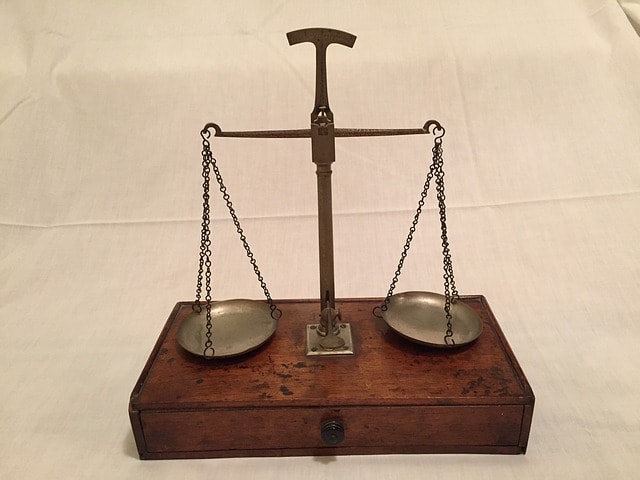
In democratic countries, the symbol of the scales is associated with justice, democracy, human rights, and the rule of law. It’s commonly seen at courthouses, law schools, and other institutions where legal matters are relevant.
The symbol can be attributed to the Greek goddess Themis, the personification of justice and good counsel, who was often represented as a woman carrying a pair of scales.
12. Three-Finger Salute
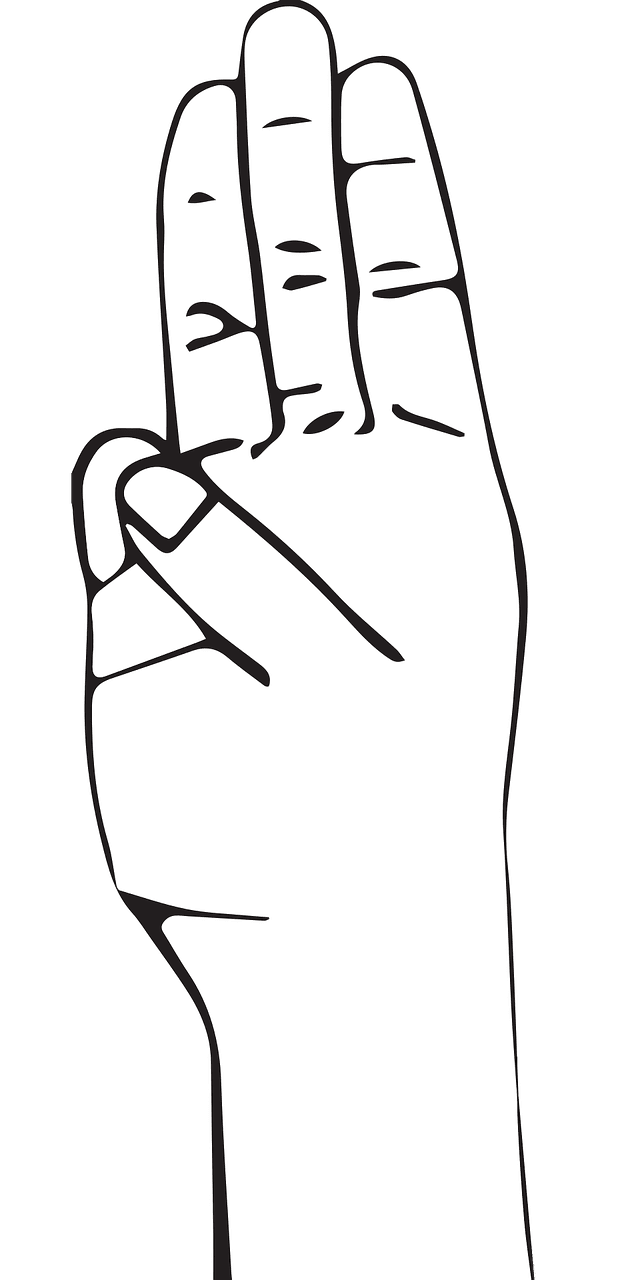
Originating in the Hunger Games film series, the three-finger salute has been used in many pro-democracy protests in Thailand, Hong Kong, and Myanmar. In the film, the gesture first symbolized gratitude, admiration, and goodbye to someone you love, but it later became a symbol of resistance and solidarity.
In real life, the three-finger salute became a symbol of pro-democratic defiance, representing the protesters’ goal to have freedom and democracy.
Myanmar’s ambassador to the U.N. U Kyaw Moe Tun also used the gesture after calling for international help in restoring democracy in the country.
Wrapping Up
Originating in classical Greece, democracy is a type of government that depends on the power of the people, but it has now evolved into different forms of government around the world.
These symbols were used by different movements and political parties to represent their ideology.
Similar Articles:
19 Important Symbols of Independence and What They Mean
15 Powerful Symbols of Rebellion and What They Mean
Top 19 Symbols of Leadership from Around the World
11 Powerful Symbols of War and Their Meanings
19 Symbols of Determination and What They Mean









